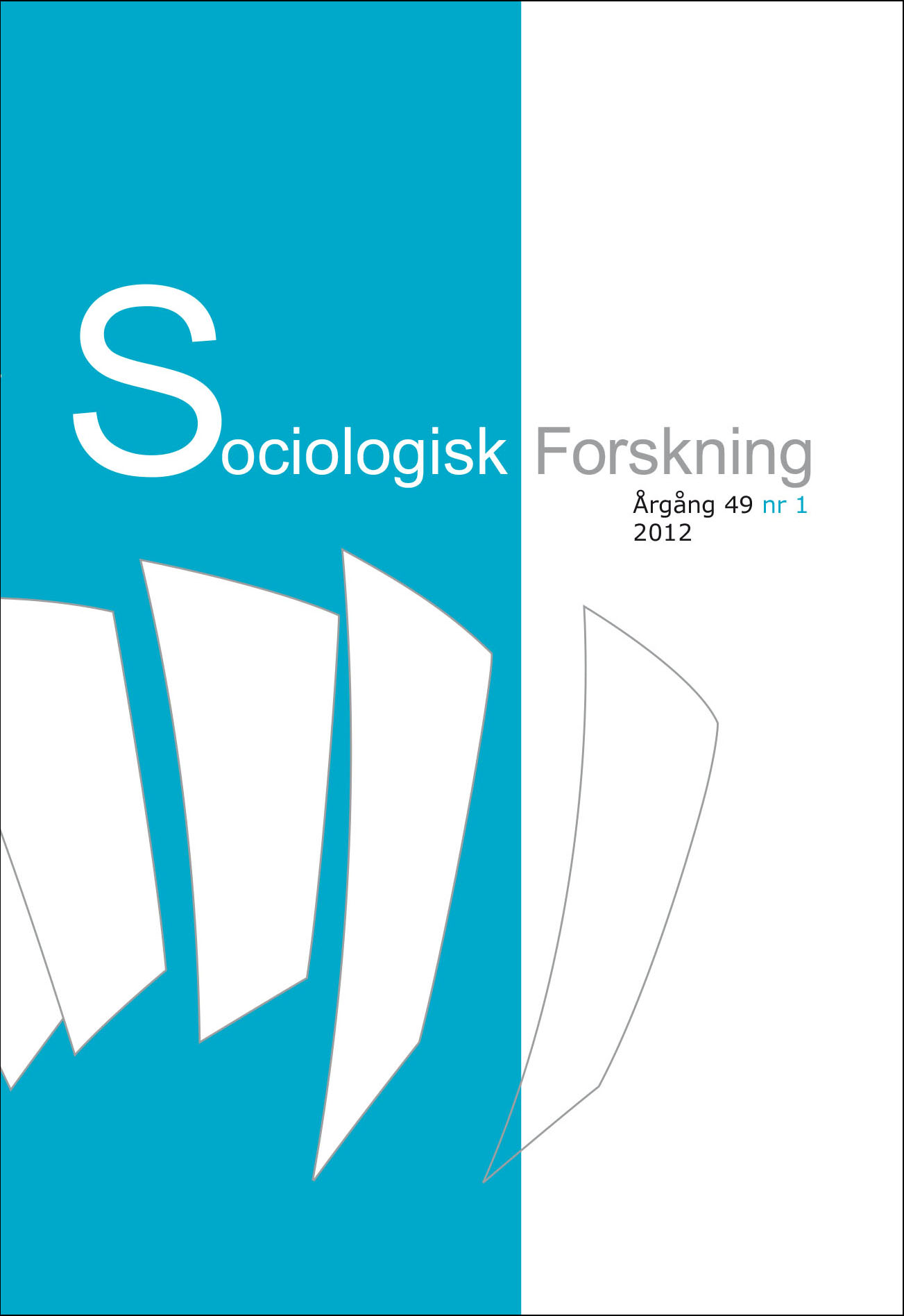Vem är den ekonomiske brottslingen?
En jämförelse mellan länder och brottstyper
DOI:
https://doi.org/10.37062/sf.49.18390Abstract
Who is the economic criminal? A comparison between countries and types of crime
In white collar crime research two particularly competing definitions (Sutherland versus the Revisionists) have dominated the field during the last two decades. Sutherland’s definition states that the sociodemographic profile is homogeneous (entrepreneur with high education and high or regular income), despite type of white collar crime or context. The definition given by the Revisionists states that white collar criminals’ demographic profile is heterogeneous (everyone can be convicted for white collar crime). As a consequence of this divided definitional approach we have a contradictive outcome of who the white collar criminal is. Our purpose is to investigate the qualification of the two definitions by analyzing heterogeneity/ homogeneity based on crime type and national context. The investigation is based on seven countries from the EES 2004 (European Social Survey). We use four types of crime. The results show a rather homogeneous demographic profile but there is also a certain substantial heterogeneity depending on kinds of crime and context. The results altogether indicate that the Revisionists’ definition is more correct in its description of the white collar criminal than Sutherland’s definition. The demographic profile of the white collar criminal seems to be more complex than a profile confined to just one social category would be and the contextual factor has an impact on the variety of the demographic profile. An important task for future research is to hold the door open for further demographic investigations depending on the type of crime and country that the study is based on.
Downloads
Publicerad
Referera så här
Nummer
Sektion
Licens
Allt material i Sociologisk Forskning publiceras med omedelbar öppen tillgång (open access), under Creative Commons-licensen CC BY-NC-ND 4.0.
Allt innehåll i tidskriften är fritt tillgängligt utan kostnad och får för icke-kommersiella syften fritt läsas, laddas ned, kopieras, delas, skrivas ut och länkas. Innehållet får dock inte ändras. När innehållet används måste författare och källa anges. Upphovsrätten till innehållet tillhör respektive författare. Inga publiceringsavgifter tas ut.





